Post‑Replacement Tips: What to Do After a New Tyre or Part Is Installed
Got fresh tyres, a new clutch, or a brand‑new brake set? That feeling of a clean install is great, but the work isn’t finished yet. The real secret to long‑lasting parts is what you do in the first few days and weeks. Below are the steps you should take right after any repair or replacement to keep your car safe and get the most miles out of the new component.
Check, Test, and Break‑In
First thing – give everything a quick visual check. Look for loose bolts, uneven tyre wear, or fluid leaks. Even a small bolt that’s a little short of tight can cause vibration or wear out faster.
Next, roll the car slowly in a parking lot. Listen for odd noises: a squeak from the brakes, a thump from the suspension, or a humming from the wheel bearings. If something sounds off, call the shop before you drive off on the highway.
Many new parts need a short break‑in period. For tyres, drive gently for the first 50 miles, avoiding hard acceleration and sharp turns. This helps the rubber settle into the wheel and improves grip. For clutch kits, avoid full‑throttle launches for the first 200 km; let the friction surfaces wear together gradually.
Watch Out for Common Problems
Even with a perfect install, certain issues pop up more often than you’d expect. For example, expensive air filters can look impressive but won’t help if they’re clogged – check the filter after a month and replace if dirty.
If you changed only rear brake pads, keep an eye on the front brakes. Uneven wear can cause pulling to one side. A quick test: press the brake pedal while the car is stationary; the pedal should feel firm, not soft or spongy.
Clutch or transmission trouble can be confusing. If you notice slipping, grinding, or a burning smell, stop driving and have a professional look at it before it turns into a full‑blown failure.
Suspension work often leaves you wondering if the car is still safe to drive. Bad shocks or a bent suspension will make the ride feel “mushy” or cause the car to drift when you let off the accelerator. If you feel any wobble, get it inspected immediately – it’s cheaper to fix a minor alignment than to replace a shattered control arm.
Don’t forget the little things that matter: windscreen wipers, battery terminals, and wheel nuts. A rear wiper that’s been removed can cause MOT failures, while loose wheel nuts can strip the studs and lead to dangerous wheel loss.
Finally, keep a simple log. Write down the date of the service, the mileage, and any noises you heard. This record helps you spot patterns and gives the garage a clear picture if something goes wrong later.
Following these quick checks and giving new parts a proper break‑in will save you money, keep you safe, and make sure the work you paid for lasts as long as possible. If you ever feel unsure, give Northwich Tyres Centre a call – we’re happy to walk you through any post‑repair question.
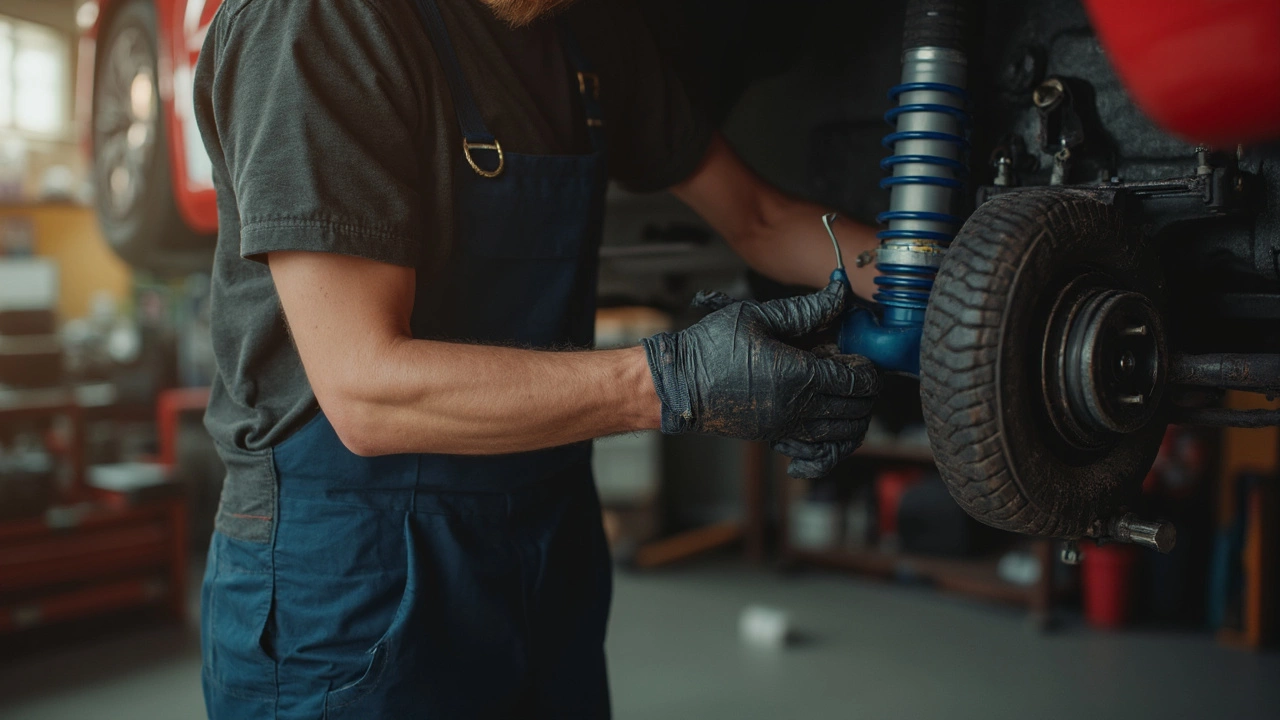 11 April 2025
11 April 2025
What to Do After Replacing Suspension: Keep Your Ride Smooth
After the thrill of replacing your car's suspension, the real work begins: ensuring everything is running like a dream. This article gives you practical guidance on what steps to take following a suspension swap, from initial checks to ongoing maintenance. We'll dive into how to spot issues early, keep everything aligned, and what changes to expect in your vehicle's performance. These tips will help prolong the life of your suspension and keep your ride smooth and comfortable.


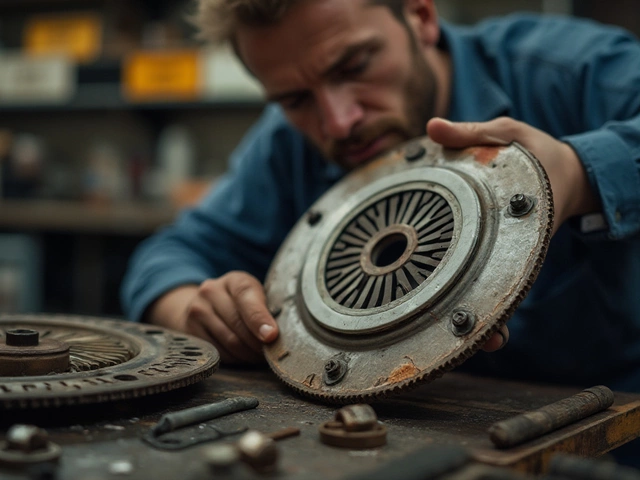
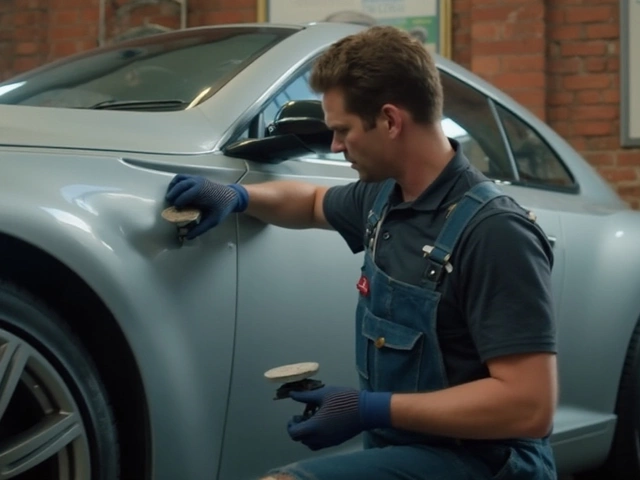
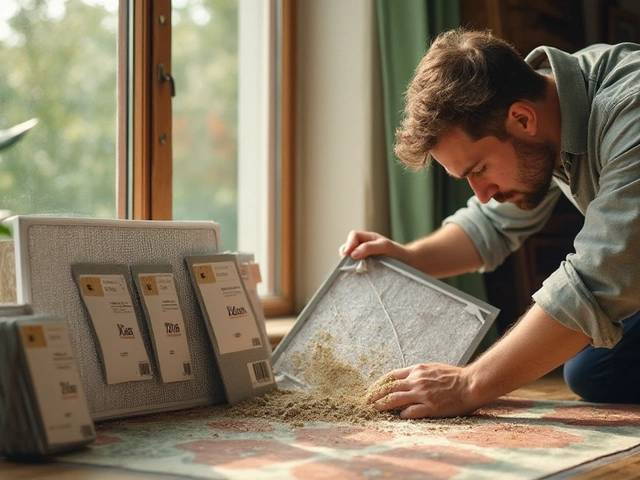
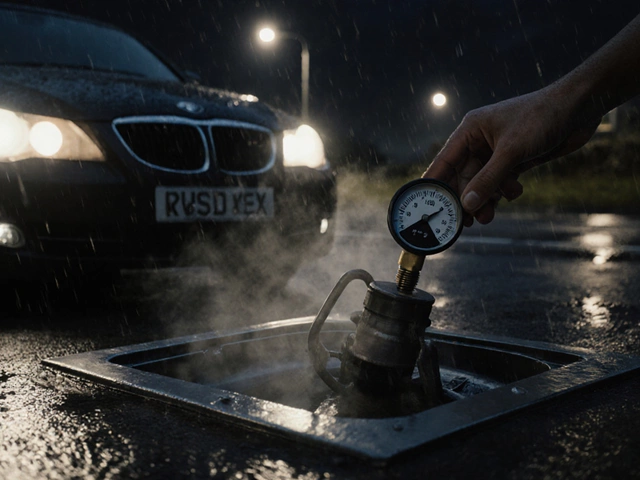
0